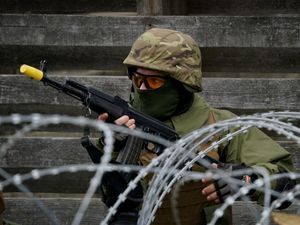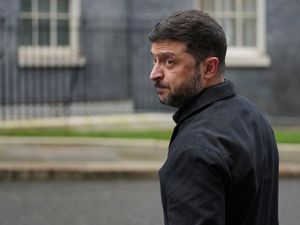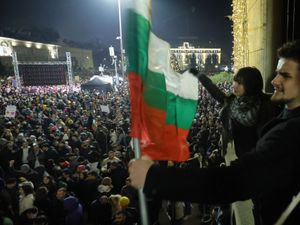How will the ceasefire between Israel and Hamas unfold?
The deal is the most significant breakthrough in the war, but its implementation is complex and fragile.
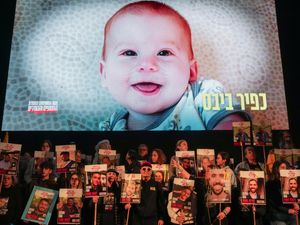
After more than a year of devastating war, the ceasefire between Israel and Hamas is set to begin on Sunday, pausing the 15-month conflict between Israel and the Palestinian militant group in Gaza.
The deal is the most significant breakthrough in the war, but its implementation is complex and fragile.
It requires co-operation between Palestinian militant groups, the International Red Cross, the Israeli military, mediators from multiple countries and an Israeli government whose coalition is starting to fray as hardline ministers express their disapproval.
The pause has lifted spirits in Gaza, where 90% of the population has been displaced by Israel’s punishing ground and air bombardments, and vast swathes of the territory reduced to rubble.
In Israel, families are desperate to embrace relatives Hamas took captive in the October 7 2023 cross-border attack that triggered the war.
Israel says 98 hostages are still being held in Gaza, but little is known about their conditions, including if they are even still alive.
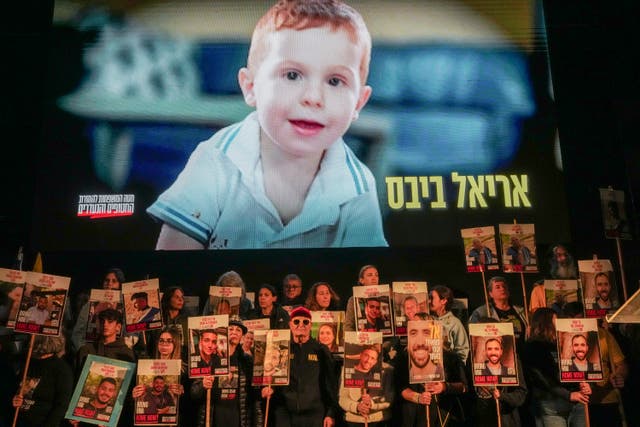
– What will happen on Sunday?
The ceasefire goes into effect at 8.30am local time (6.30am GMT). According to the plan, three living female hostages are to be released after 4pm (2pm GMT). Soon afterwards, Israel will release around 95 Palestinian prisoners, who are mostly minors or female.
Hamas was supposed to provide Israel with the names of the three hostages on Saturday afternoon, but as of late Saturday night, Israel had still not received the names. The names are to be made public only after the hostages are returned and officially identified.
In southern Israel, schools will begin at 10am in anticipation that Hamas could launch rockets toward Israel just before the ceasefire begins.
Israeli troops inside Gaza will be deployed mostly among the territory’s borders with Israel and Egypt, and maintain a presence on a road that divides northern and southern Gaza, according to a map released by the Israeli military.
Meanwhile, hundreds of trucks carrying desperately needed humanitarian supplies are expected to pour into Gaza.
– What will happen in the first week?
If the ceasefire holds, the next exchange is set for the seventh day of the ceasefire, or January 25. Hamas is supposed to release four living female hostages. In exchange, Israel will release between 30-50 Palestinian detainees for each hostage.
Also on the seventh day, Israel’s ground troops begin withdrawing from the central road that bisects the territory, known as the Netzarim corridor. This will enable Palestinians displaced from northern Gaza to begin to return to what is left of their homes.
Security arrangements, including the inspections of Palestinians heading north, are still being worked out, according to an Israeli military official who spoke on condition of anonymity under military guidelines.
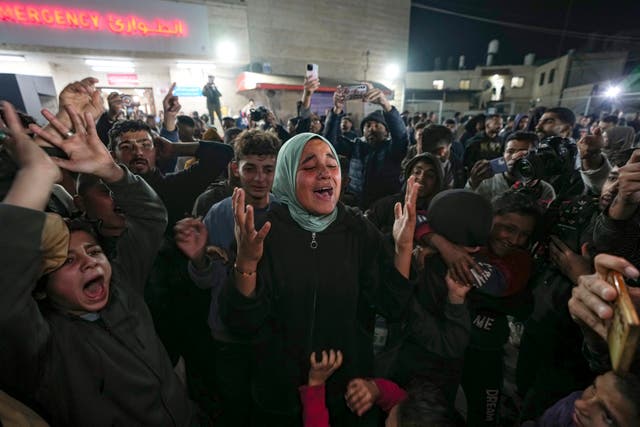
In each exchange, prisoners will be released only after the hostages have arrived safely in Israel. All Palestinian prisoners who were convicted in deadly attacks will be exiled, either to Gaza or abroad. Some will be exiled for three years, others permanently.
The Rafah crossing between Gaza and Egypt is expected to start operating “soon”, according to Egyptian officials, as they prepare for a surge of humanitarian aid into Gaza.
The crossing, Gaza’s main gateway to the outside world, has been closed since the Israeli army took over the area last May.
Egyptian foreign minister Badr Abdelatty said on Saturday that Egypt hopes to facilitate more than 600 trucks of aid a day going into Gaza, almost three times the amount of peak levels during the war.
“The most important thing now, in addition to the sustainability of the ceasefire, is to fix the disastrous humanitarian situation inside the Gaza Strip,” he said.
– What is the first phase?
The first phase will last six weeks, or 42 days. In total, Hamas is to release 33 hostages in exchange for almost 2,000 Palestinians held by Israel.
There is no information about how many hostages in the first group of 33 are alive.
The hostages most likely to be on the list include women, children, and elderly and sick hostages.
The prisoners and detainees that Israel will release include more than 700 Palestinian prisoners from the Israel-occupied West Bank and Jerusalem whom Israel accuses of being involved in militant activity, as well as almost 1,200 Palestinians from Gaza who are held in Israeli detention.
As the ceasefire progresses, three hostages will be freed each week in exchange for prisoners and detainees.
By the end of the sixth week, all the remaining hostages on the initial list of 33 hostages will be released.
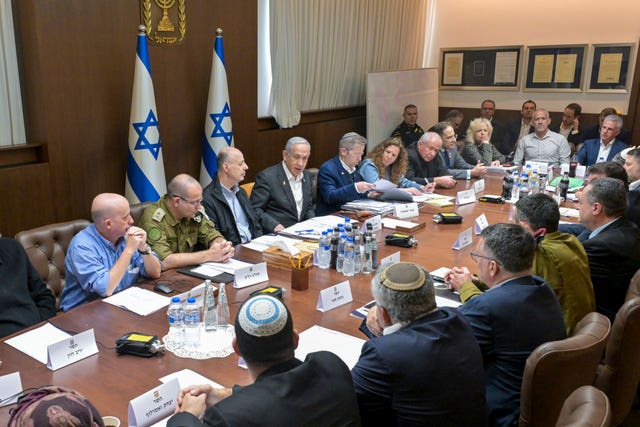
– What happens after that?
During the third week of the ceasefire, the sides are to open negotiations on “Phase 2” that aims to end the war altogether but there are scant details on what happens after the first six weeks.
To help convince both sides to sign on to the ceasefire, foreign mediators left the second phase particularly ambiguous.
The broad outline says all remaining hostages in Gaza, both alive and dead, are to be released in return for a complete Israeli withdrawal from the Strip and a “sustainable calm”.
Israel says it will not agree to a complete withdrawal until Hamas’s military and political capabilities are eliminated, ensuring it can no longer rule.
Hamas refuses to hand over the last Israeli hostages until Israel ends the war and removes all its troops.
Israeli Prime Minister Benjamin Netanyahu, hoping to persuade his far-right allies to remain in his wobbly governing coalition despite their opposition to a ceasefire, has offered the public no guarantees that Israel will make it to Phase 2.
That leaves many families of hostages afraid that loved ones still in Gaza will be left behind.
“We must protect our ability to return to fighting if we need,” Mr Netanyahu said late on Saturday.

